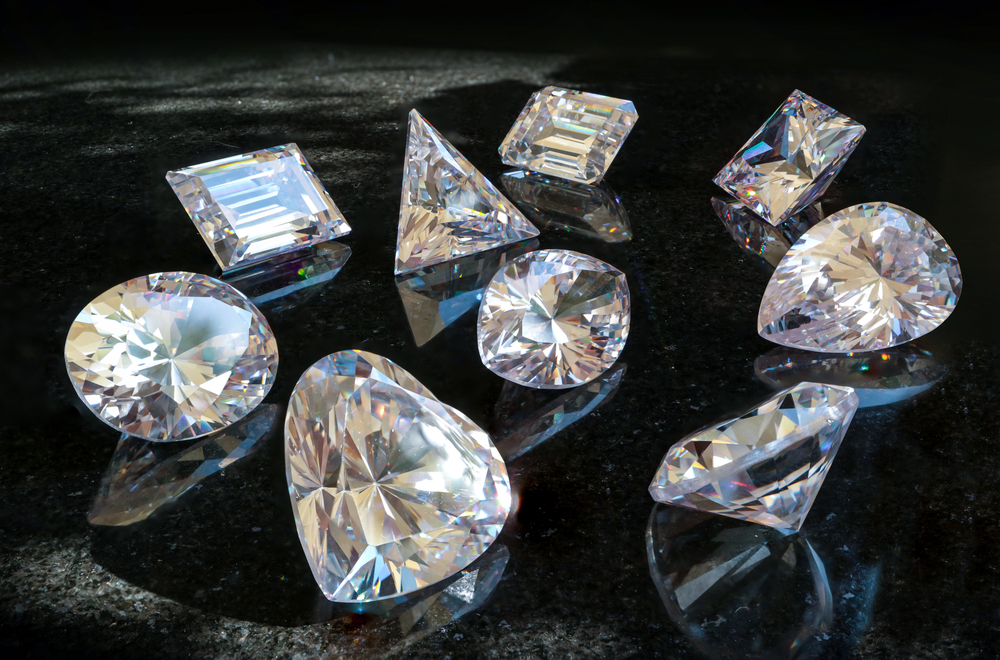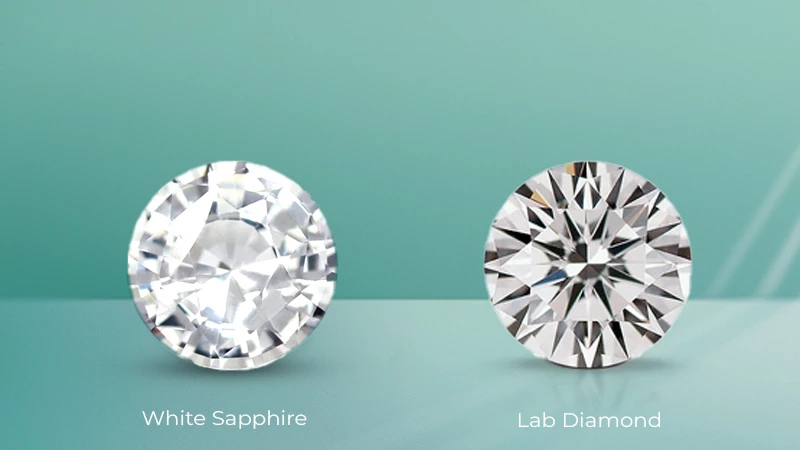When shopping for diamonds, the shape and cut play a critical role in determining the diamond’s appearance, brilliance, and overall value. This is especially true for lab-made diamonds, which have become increasingly popular in recent years due to their sustainability and affordability. In this article, we will explore the different diamond shapes and cuts, focusing specifically on lab-made diamonds, and how these factors can influence your purchase.
What Are Diamond Shapes and Cuts?
Diamond shapes and cuts are often used interchangeably, but they refer to distinct aspects of a diamond. The shape refers to the physical form or outline of the diamond, such as round, square, or oval. On the other hand, the cut refers to how well the diamond has been shaped and faceted to reflect light. For lab-made diamonds, these attributes are just as important as they are for natural diamonds in terms of creating a stunning visual appeal.
The growing interest in lab-made diamonds has brought about a better understanding of how these diamonds can mimic the appearance of natural diamonds while offering a more affordable and eco-friendly alternative.
Popular Diamond Shapes for Lab-Made Diamonds
When considering diamond shapes for your lab-made diamond, it’s essential to think about your personal preferences, as well as the setting in which the diamond will be placed. Several diamond shapes are popular among lab-made diamond shoppers, including:
- Round: Known for its timeless appeal, the round diamond shape is the most popular and offers exceptional brilliance. Lab-made diamonds can be cut into perfect round shapes that reflect light brilliantly.
- Princess: The princess cut is square-shaped with pointed corners. This cut maximizes the stone’s sparkle, and it’s often chosen for engagement rings due to its modern and sophisticated look.
- Cushion: The cushion shape has rounded corners and a vintage feel. Lab-made diamonds in this shape have a soft, romantic appearance, making them ideal for those who appreciate classic design with a modern twist.
- Emerald: The emerald cut is a rectangular shape with step-cut facets. Lab-made emerald diamonds are perfect for those looking for a more understated, elegant appearance, as this cut highlights clarity over brilliance.
- Oval: The oval shape is a graceful and elongated version of the round diamond, offering a similar brilliance. It is an excellent choice for those looking for a unique yet timeless design.
No matter the shape, lab-made diamonds can be cut and polished to the same standards as mined lab made diamonds, providing a variety of options for customers.
The Importance of the Diamond Cut
When it comes to lab-made diamonds, the cut is just as crucial as the shape. The cut determines how well a diamond reflects light and can significantly impact the stone’s overall appearance. A well-cut diamond, whether lab-made or mined, will sparkle brilliantly, while a poorly cut diamond will appear dull and lifeless.
For lab-made diamonds, the cut quality is graded on several factors:
- Proportions: The angles and proportions of the facets influence how light enters and exits the diamond. A well-cut diamond will have ideal proportions, allowing light to reflect off the facets and return to the viewer’s eye, creating a brilliant sparkle.
- Symmetry: This refers to the alignment of the facets. Lab-made diamonds that are cut symmetrically will have better light performance and a more appealing visual appearance.
- Polish: The quality of the polish refers to the smoothness of the diamond’s surface. A higher polish grade ensures that light is not obstructed by any imperfections, enhancing the diamond’s brilliance.
A good cut, especially in lab-made diamonds, maximizes their beauty and radiance. Therefore, investing in a high-quality cut is essential when purchasing a lab-made diamond.
Factors Affecting Diamond Shapes and Cuts
Several factors influence the diamond shapes and cuts, especially for lab-made diamonds. While lab-made diamonds are created in controlled environments, these factors still play a significant role in determining the final product:
- Technology: Advanced technologies in the creation of lab-made diamonds allow for precision cutting, ensuring that each diamond is shaped to maximize its brilliance. These innovations in diamond-cutting machinery provide more intricate and detailed cuts, ensuring that lab-made diamonds compete with natural diamonds in terms of aesthetics.
- Laboratory Conditions: The conditions under which lab-made diamonds are created can impact their shape and cut. Just like mined diamonds, lab-made diamonds undergo high-pressure and high-temperature conditions. However, the process is carefully controlled to create diamonds with consistent quality and fewer impurities, which results in a cleaner, more perfect cut.
- Personal Preferences: When selecting a lab-made diamond, personal taste plays a significant role in determining the shape and cut. Some individuals may prefer a traditional round-cut diamond, while others may be drawn to the unique appeal of a pear or marquise cut. It is essential to consider the style of jewelry and how the diamond will fit into that design.
Conclusion: Lab-Made Diamonds and Their Shapes and Cuts
In conclusion, lab-made diamonds offer a diverse array of options when it comes to shape and cut, and understanding these characteristics is crucial for making an informed purchase. Whether you choose a timeless round shape, a brilliant princess cut, or an elegant emerald shape, the right lab-made diamond can make a lasting impression. The cut, in particular, can enhance the brilliance of the diamond, ensuring that it sparkles and shines just like a natural diamond.
Choosing the right shape and cut for your lab-made diamond ultimately comes down to personal preference. With advancements in technology and precision, lab-made diamonds offer a sustainable and beautiful alternative to natural diamonds. When shopping for your perfect diamond, always keep in mind the importance of both the shape and cut to ensure you get the most out of your investment.




